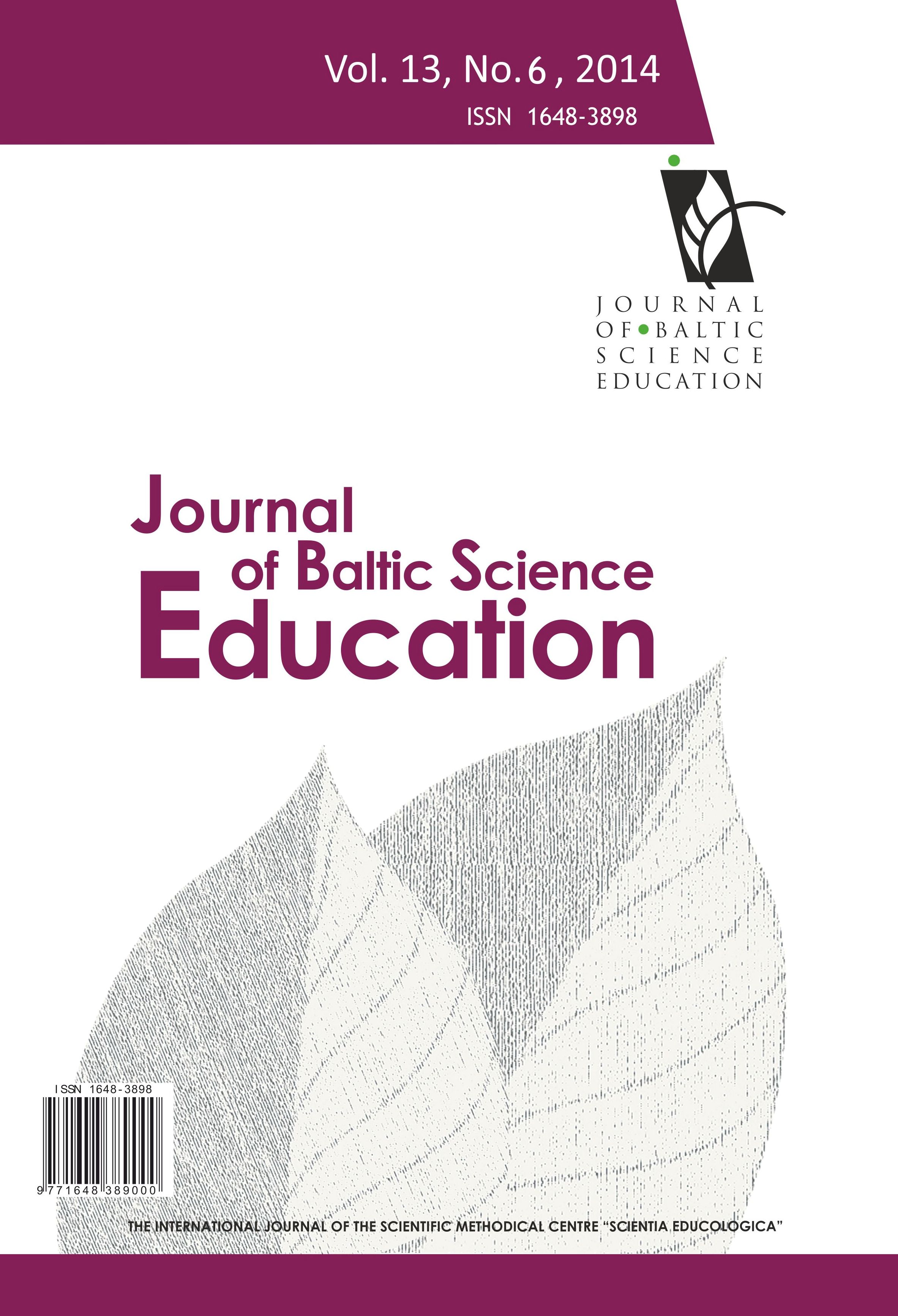THE EFFECTS OF 3D PLASTIC MODELS OF ANIMALS AND CADAVERIC DISSECTION ON STUDENTS’ PERCEPTIONS OF THE INTERNAL ORGANS OF ANIMALS
THE EFFECTS OF 3D PLASTIC MODELS OF ANIMALS AND CADAVERIC DISSECTION ON STUDENTS’ PERCEPTIONS OF THE INTERNAL ORGANS OF ANIMALS
Author(s): Jana Fančovičová, Pavol ProkopSubject(s): Education, Pedagogy
Published by: Scientia Socialis, UAB
Keywords: anatomy; animals; biology education; dissection; ideas; student;
Summary/Abstract: The decrease in the method of cadaveric dissection and its replacement with alternative methods has led to discussions about the significance of dissection in biology/anatomy lessons. Certain authors argue that the decline in anatomy knowledge in students is at least partially caused by these factors. An investigation was carried out on the effectiveness of teacher’s demonstrations of cadaveric dissection as opposed to a 3D plastic model on pre-service biology teachers’ ideas concerning what is inside animals. Students were pre-tested on their ideas as to what is inside animals and randomly divided into four treatments (Dissection + Model, Dissection, Model, Model + Dissection). After the treatment, the post-test scores revealed that treatments where both methods were combined resulted in the highest achievement scores, particularly in the case of anatomy of fish. It has been concluded that the combination of cadaver dissection with modern innovative methods is more effective for obtaining anatomy knowledge than the use of only one method. The use of alternative methods should not be in conflict with traditional methods.
Journal: Journal of Baltic Science Education
- Issue Year: 13/2014
- Issue No: 6
- Page Range: 767-775
- Page Count: 9
- Language: English

